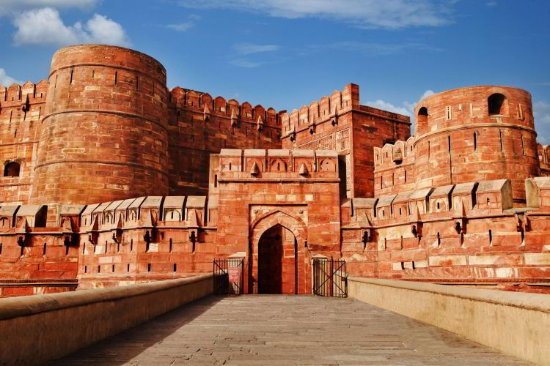
Vredeburg
In the city center of Yogyakarta, I learned about the existence of a historical building that has witnessed the long journey of the Indonesian nation, namely Fort Vredeburg. This fort was originally built by the Dutch colonial government as a defensive fortification, but it has now been repurposed into a museum that holds various stories of the nation’s struggles.
With its strategically located position right in the city center, this museum has become one of the popular historical tourist destinations among students, university students, and tourists from various regions. I visited this museum at that time with my other friends to see the contents of the museum, and it turned out that the contents of this museum can teach us a lot because there is a lot of history narrated within it. At that time, I had no idea that the affordable ticket price made it even more accessible for people who wanted to delve into the history of Indonesia’s struggle.
From several histories I have read about this fort, namely Fort Vredeburg, it began construction in 1760 under the orders of the Governor of the Dutch East Indies, with the main purpose of serving as a defense fortification as well as surveillance over the Yogyakarta Palace. Fort Vredeburg became part of the Dutch strategy to maintain their power in the region. During the colonial period, Fort Vredeburg witnessed various important events, including the people’s resistance against colonialism. One of the historical moments that took place here was during the Indonesian National Revolution, when this fort was used as a military headquarters and defense center.
I am As a visitor to the History Museum in Yogyakarta, Fort Vredeburg has various collections that depict Indonesia’s journey from the pre-colonial era to the independence era, so as a visitor, I also understand how Indonesia’s history unfolded. One of the main attractions of this museum is the dioramas that depict various historical events, such as the people’s struggle against colonization, the roles of national heroes, and the political events that shaped modern Indonesia.
These dioramas are presented in an engaging manner, allowing me as a visitor to easily understand the chronology of history. In addition to dioramas, the museum also has various other historical artifacts, such as documents, weapons, military uniforms, and various items used during the struggle. At the back of the museum, there is an exhibition hall displaying uniforms and military equipment from various countries, as well as miniature statues depicting important figures in Indonesian history.
Technological advancements also enrich the experience of visitors, including myself, who are less familiar with the unknown histories at Fort Vredeburg. I learned that several rooms in this museum have been equipped with interactive screens and digital presentations that allow visitors to enjoy documentary screenings about the nation’s struggle for independence. With a combination of conventional exhibitions and modern technology, this museum is able to provide visitors with a more engaging and in-depth learning experience.
In addition to its historical collection, this museum also frequently holds various educational activities, such as seminars, historical discussions, and guided tours. These activities aim to provide visitors with a broader understanding of Indonesian history and the importance of preserving the nation’s cultural heritage. The atmosphere around the museum, which is lush and well-organized, also adds to the comfort of visitors who want to enjoy historical tourism more leisurely.
At that time, my friend and I visited and coincidentally met some school students who were on a study tour and visiting this museum. They looked very enthusiastic about visiting the museum to note down historical points. Many people from outside the student community also visit this museum to learn about Indonesian history, which is narrated and presented using the technology available in this museum.
Vredeburg Fortress is not just a historical building, but also a valuable learning center for the community. As a museum, this fortress plays an important role in preserving and disseminating knowledge about the history of Indonesia’s struggle. Through various collections, exhibitions, and educational activities organized, this museum becomes a window for the younger generation to understand the values of struggle and appreciate the cultural heritage that has been fought for by their ancestors. By visiting Benteng Vredeburg, visitors not only gain historical insights but also cultivate a sense of love and pride for Indonesia.
By: Ani Ayu Sariningsih
Write and Win: Participate in Creative writing Contest & International Essay Contest and win fabulous prizes.


